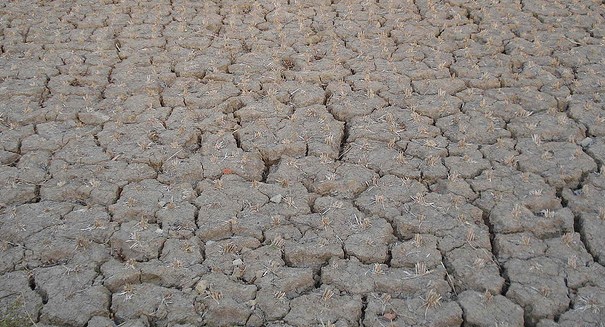
The world braces for catastrophe as scientists predict extreme El Niño events every 10 years
“El Niño” refers to an abnormally warm band of water in the Pacific ocean that typically develops off the western coast of South America. While that might sound nice for swimming, the resulting extreme weather it brings can be devastating (think both floods and droughts). Thanks to global climate change, we can expect the rate of El Niño-related weather catastrophes to double in over the next century, according to climate scientists.
It was An international team of scientists from the ARC Centre of Excellence for Climate System Science (CoECSS), the U.S. National Oceanic and Atmospheric Administration and CSIRO who identified the link between global warming and extreme El Niño events. In the 1997 event alone, the costs from the resulting damage is estimated to be as much as $45 billion. Those numbers are only expected to rise along with the average temperature.
“We currently experience an unusually strong El Niño event every 20 years. Our research shows this will double to one event every 10 years,” said Agus Santoso of CoECSS.
The extreme El Niño events develop when the eastern Pacific waters, which are typically cold, reach 28 degrees Celsius. Standard, less extreme El Niños usually develop in the western Pacific, conversely. Rainfall patterns swing wildly, resulting in unpredictable precipitation. Normally wet areas experience crippling droughts, while otherwise dry areas can see so much rain that flooding occurs.
“During an extreme El Niño event countries in the western Pacific, such as Australia and Indonesia, experienced devastating droughts and wild fires, while catastrophic floods occurred in the eastern equatorial region of Ecuador and northern Peru,” said Wenju Cai of CSIRO.
It took scientists more than 20 years to begin to understand the impact of global warming on extreme El Niño events. It took the examination of more than 20 weather simulations for them to get a handle on just how drastic the change in rainfall patterns would be. Due to the gradual warming in the eastern Pacific, they expect the increase in El Niños to be “substantial.”
Professor Matthew England, a co-author from CoECSS, said: “This latest research based on rainfall patterns, suggests that extreme El Niño events are likely to double in frequency as the world warms leading to direct impacts on extreme weather events worldwide. For Australia, this could mean summer heat waves, like that recently experienced in the south-east of the country, could get an additional boost if they coincide with extreme El Niños.”
Though inconvenient and potentially devastating here in the U.S., the real damage from El Niños is felt in the coastal communities that depend on agriculture and fishing for sustenance. For those communities, which are often in ill-prepared developing countries, the devastation can be catastrophic.
“El Nino events are a multi-dimensional problem and only now are we starting to understand better how they respond to global warming,” said Santoso.
Leave a Reply